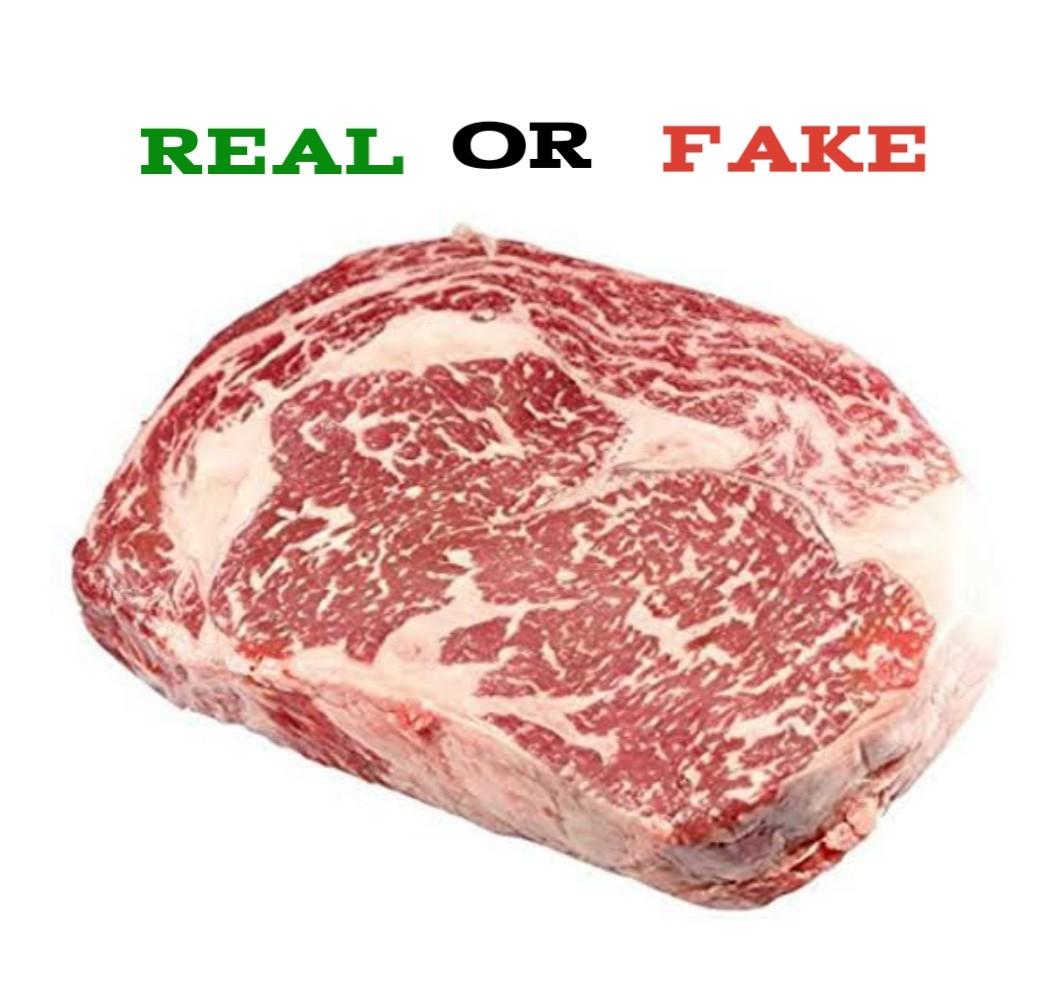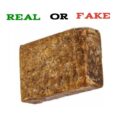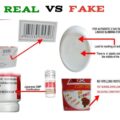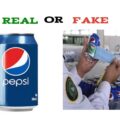Wagyu Beef is a type of Japanese beef derived from native Asian cattle. Wagyu were originally draft animals used in agriculture and were selected for their physical endurance. This selection favored animals with more intra-muscular fat cells – ‘marbling’ – which provided a readily available energy source. Wagyu is a horned breed and the cattle are either black or red in color.
Outside of Japan, the largest population of Wagyu cattle is not in America, but in Australia. However, like American Wagyu, what comes from Australia is crossbred beef. Down Under, you’re not getting that ultra-fatty A5 experience that pure Japanese beef will give you.
There is some evidence of genetic separation into the Wagyu genetic strain as much as 35000 years ago. Modern Wagyu cattle are the result of the crossing of the native cattle in Japan with imported breeds. The crossing began in 1868 after the Meiji restoration in that year. The government wanted to introduce Western food habits and culture. Brown Swiss, Devon, Shorthorn, Simmental, Ayrshire, and Korean cattle were imported during this period. The infusions of these British, European, and Asian breeds were closed to outside genetic infusions in 1910.
The variation of conformation within the Wagyu breed is greater than the variation across British and European breeds. The three major black strains – Tajiri or Tajima, Fujiyoshi (Shimane), and Kedaka (Tottori) evolved due to regional geographic isolation in Japan. These breeding differences have produced a Japanese national herd that comprises 90% black cattle with the remainder being of the red strains Kochi and Kumamoto. For more information on the genetic diversity of the breed;
In Japan, there are four breeds that are considered Wagyu and those are the Japanese Black (the predominant Wagyu exported to the U.S), Japanese Brown (In the U.S. referred to as Red Wagyu), Japanese Polled, and Japanese Shorthorn. There are no Japanese Polled or Shorthorns being bred outside Japan. Wagyu strains were isolated according to prefecture (state) and breeds imported for crossing were not the same in each prefecture.
The production of Wagyu beef in Japan is highly regulated and progeny testing is mandatory. Only the very best proven genetics are kept for breeding. Realizing the value of their unique product, the Japanese Government banned the export of Wagyu and declared them a national living treasure. Zenwa is the Gov’t held entity in Japan that oversees the WAGYU registry for Japanese Black, Brown, Polled, and Shorthorn.
How To Spot Fake Wagyu Beef Vs Real
One of the main reasons why there is a proliferation of fake Wagyu beef is because they are expensive. In Japan, to qualify for the Wagyu mark, the cattle have to be reared and fed according to strict guidelines. Breeding cattle and pregnant cows are grazed on pasture while calves are fed in a specific way, with special feed, to ensure that the meat has a lot of marbling. Young Wagyu calves are fed a milk replacer by hand and they get jackets to wear when the weather gets cold.
According to A5Meat.com, there is a relatively simple set of criteria that should set alarm bells ringing if they can’t be met, or aren’t quite right. These include:
- Cost. Given the financial investment required to rear Wagyu, let alone rear it to meet the necessary standards upon inspection and then onto export, prices should be at an appropriate level. Wagyu beef generally starts at $20 per ounce at the very least, steadily increasing depending on the quality. Anything less than that deserves closer inspection to determine authenticity.
- Appearance. Wagyu beef has a distinct marbling pattern, which is incredibly difficult to replicate. The classic dispersion of fats is as small pinpricks or dots of white fat, joined by a network of incredibly intricate veins of fatty deposits. These fats are deposited the right way through the flesh and are known as ‘intramuscular fats’ (sometimes shortened to IMF). The meat should be pale pink together with the marbling – almost pearlescent – as it consists of a combination of fats and flesh unique to the structure of Wagyu beef.
- Provenance. Every cut of genuine Wagyu is traceable back to the farm where it originated. For example, authentic Kobe beef should be traceable back to one of only twelve sire bulls. Any restaurant that serves Wagyu beef has a copy of the certificate of authenticity to prove the meat’s provenance and will advise exactly where the meat has come from upon request. Anything short of these standards should arouse suspicion.
- Taste. Even with all the other checkpoints met, it’s the taste that will give the game away for fake Wagyu. The taste and texture of Wagyu are exclusive and unique, and the fat should melt at just below body temperate – meaning it should melt in the mouth. It should have a buttery aroma and be tender and succulently juicy, but not soggy.
Other giveaways include serving size (Wagyu does not accommodate large servings), and even the name used on the menu. For example, Wagyu referred to as ‘American Style Kobe,’ is not full Wagyu – it tends to be a crossbreed of Wagyu and Angus. If you’re looking for Japanese Wagyu, it should carry the correct and accurate naming convention.
In short, Wagyu meat of the highest standards is not – and should not be – on offer for barter. Wagyu beef is an experience, a privilege, and a luxury delicacy, with the cost being the price of such an opportunity and treasure – the product of generations of dedication. SEE: Does Red Meat Cause Heart Disease?






